In Spain, it is mandatory to display certain stickers on the vehicle in certain circumstances, such as the ITV, Eco Sticker, or Car Share badge, but whereas these stickers are displayed in the windscreen, failure to do so resulting in a fine, stickers on the rear of vehicles are also quite common, and most of them also have a meaning.
Firstly, before we get to the fun part, the DGT establishes by regulation is that ” the glass surface of the vehicle must allow, in any case, clear visibility for the driver over the entire road on which it circulates, without interference from sheets or adhesives”, and so if you have unnecessary stickers in the window, you are exposing yourself to a potential 200 euro fine.
What we are talking about is stickers which do not interfere with visibility, largely because they are affixed to the metalwork, and often at the rear, which is perfectly fine.
Although, special mention to the number plate and lights, because you cannot interfere with these either.
Now, we will explain some of the most popular stickers you will see on the back of vehicles, although there are many more.
Contents
The Bull
Typically identified as a symbol of Spain, and is often seen by the roadside on billboards, and although the bull is associated with Spain through various activities, the popularity of the symbolism came about from an advertising campaign. The bull we see at the side of the road was created by Manolo Prieto in 1956 to advertise the Brandy de Jerez produced by the Osborne Group.
The Donkey
The sticker of a black donkey with a white belly, snout and eye is very common, especially in Catalonia, as it refers to a breed of this animal native to Catalonia and the Pyrenees, which was originally used as a silhouette to raise awareness of the need to protect this species so that it does not become endangered. Today, it is often seen more of a symbol of Catalan nationalism that uses it in opposition to the typical Spanish bull.
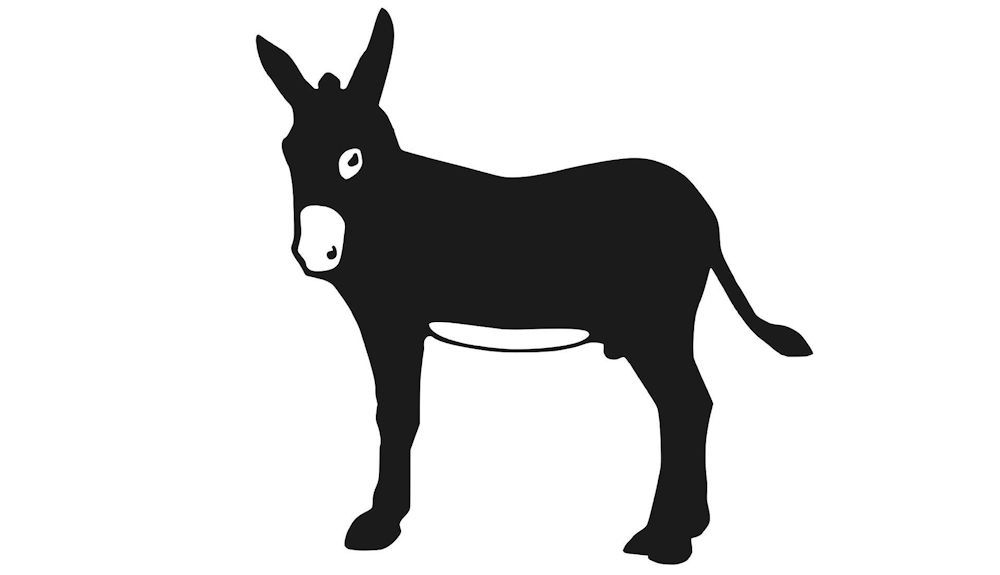
Bullseye Roundel
The roundel has also become a symbol of pride in the national identity of Spain. Shaped like a target and with the colours red. and yellow of the flag of Spain. This is the cockade of Spain, a symbol that emerged during the War of Independence and was later closely linked to the military sphere.
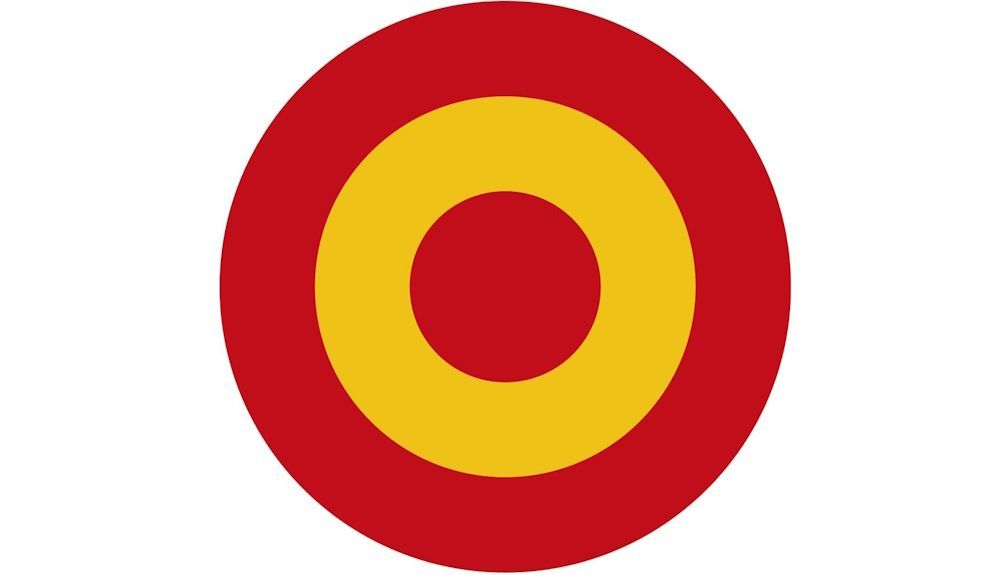
A Cross
One of the most common symbols in some areas is that of a cross, often depicted with the letters A and W hanging from it. It is also known as the Victory Cross, an early 10th century Asturian crux gemmata or jewelled cross, given by King Alfonso III of Asturias, and is seen as a symbol of the area of northern Spain from where natives have often relocated to other parts of the country, bringing their iconography of pride with them.
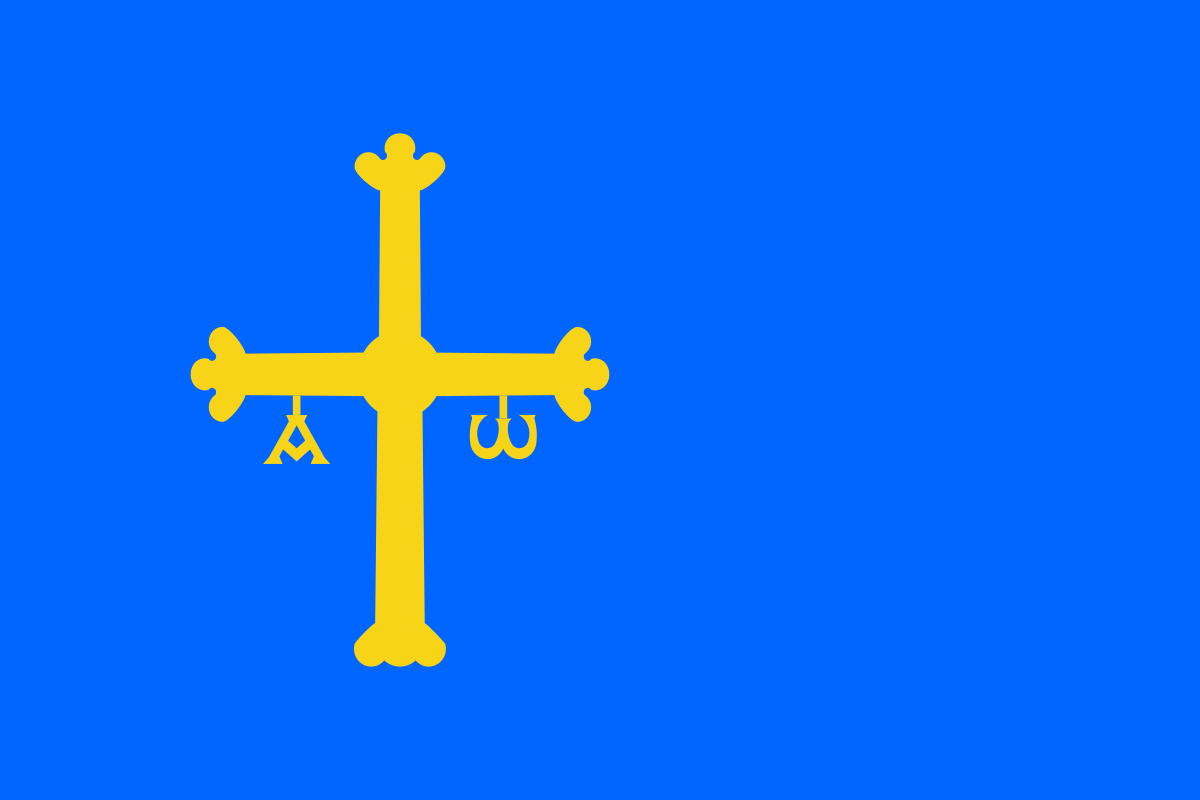
The Fish
Another of the most common stickers is that of an enigmatic fish that you can see in many rear areas of cars. It is called Ichthys and is actually related to Christianity, so whoever carries it in the car shows their faith and religious beliefs.
Indalo
The stickman symbol is especially visible in Andalusia. The Indalo is a regional emblem, a distinctive sign of Almería. Specifically, it was a Neolithic cave painting discovered in the Los Letreros cave in 1968. There are those who see a man hunting with a bow, or those who interpret it as a man with a rainbow as a symbol of protection against evil, but it is an emblem of Almería to represent the province and protect from traffic incidents and other evils.
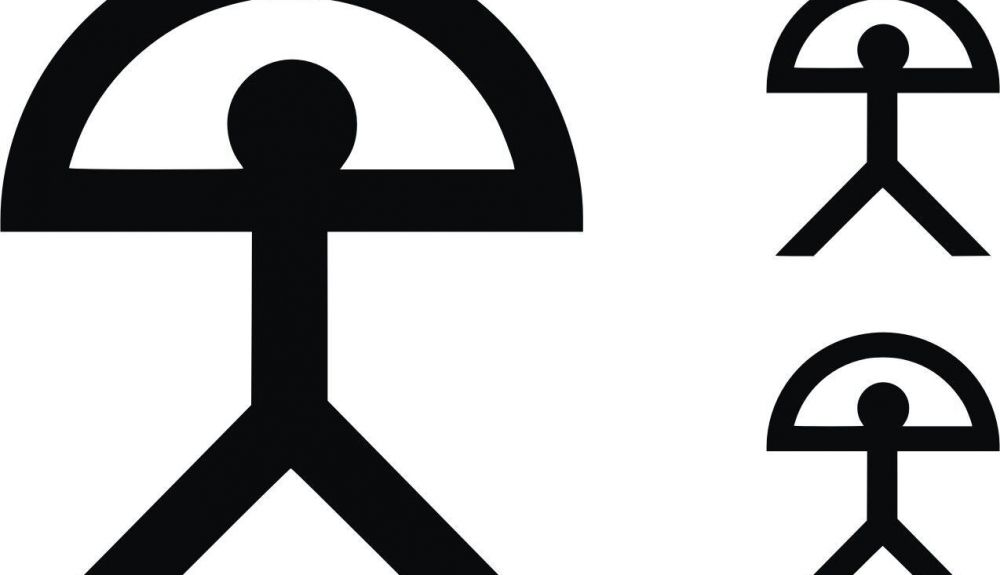
Penelope
The mysterious woman with a hat, known as Penelope, was the logo of a famous nightclub in Benidorm of the same name. This nightclub became a club of great national recognition, even opening clothing stores. Today it is still open and celebrates themed parties, with this logo, which represents a symbol of leisure and nightlife. In fact, after the Osborne bull, it is the second most sold sticker in Spain today.

There are many others, flowers being one of the most popular we left off the list, and the Man of La Mancha, but these few should give you an insight into some of the reasons these stickers are displayed with pride. Let us know your favourite, or if there is one that has always raised your curiosity.
Discover more from N332.es - Driving In Spain
Subscribe to get the latest posts sent to your email.
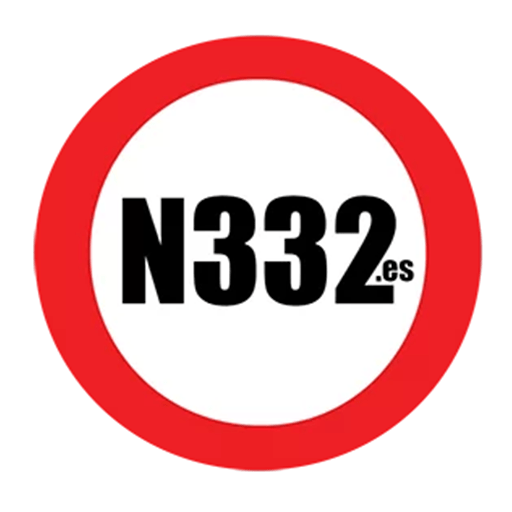
You must be logged in to post a comment.